You’ll let me hold your hand
Now, let me hold your hand
I want to hold your hand
I feel happy inside
It’s such a feelin’ that my love
I can’t hide
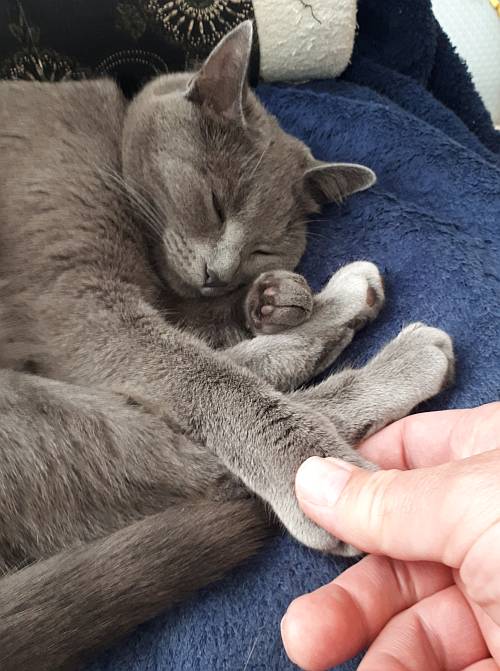

We took a walk around Deer Lake in Burnaby, BC, this morning before it got too hot. The flower beds near the Shadbolt Centre were spectacular.
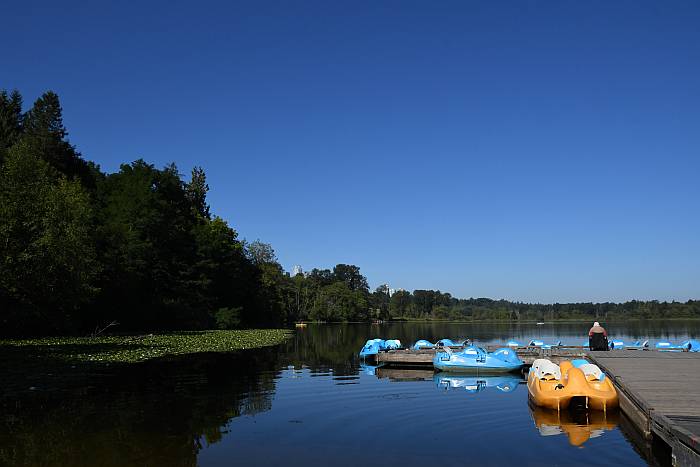
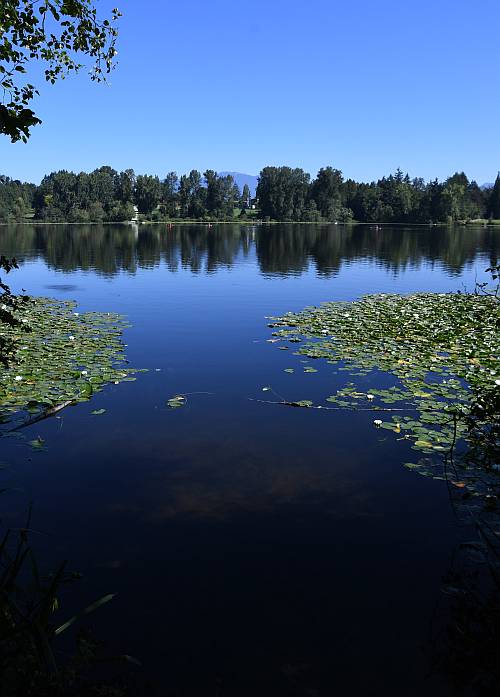
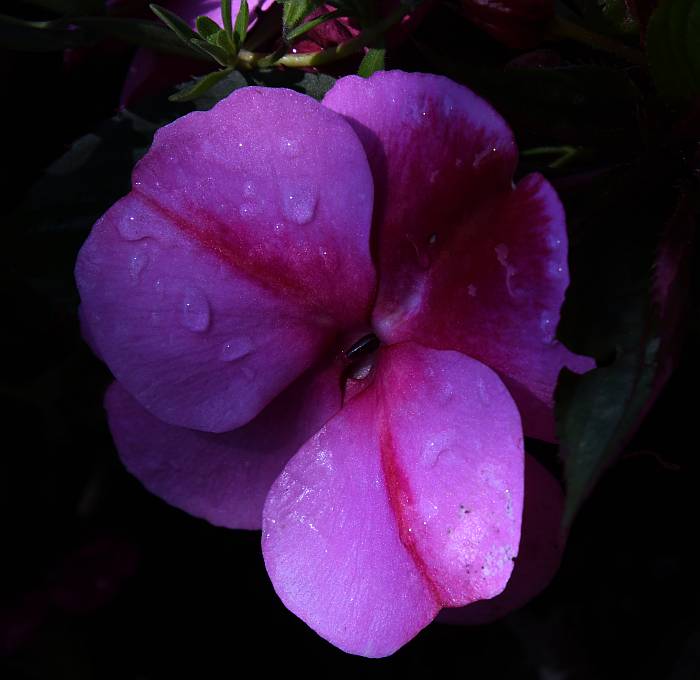
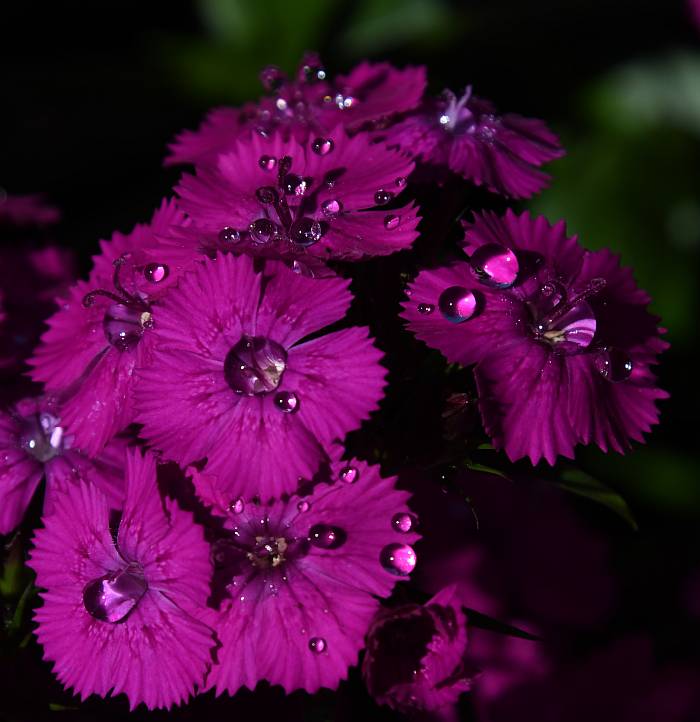
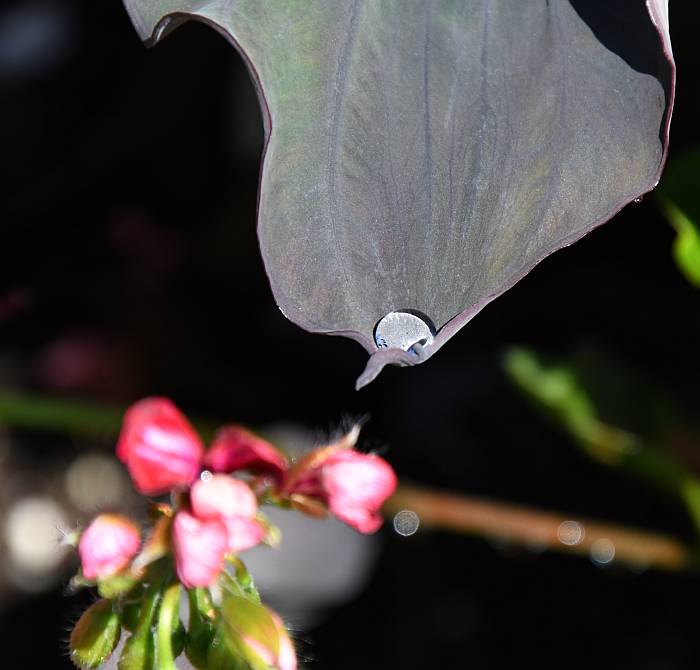
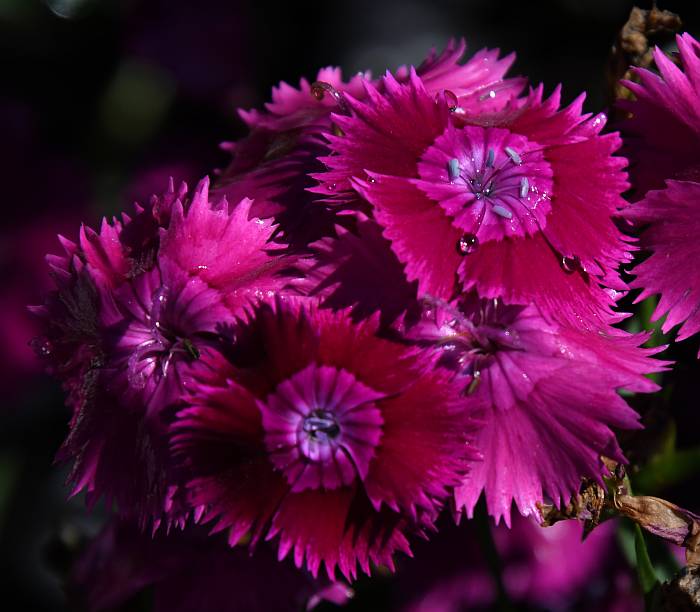
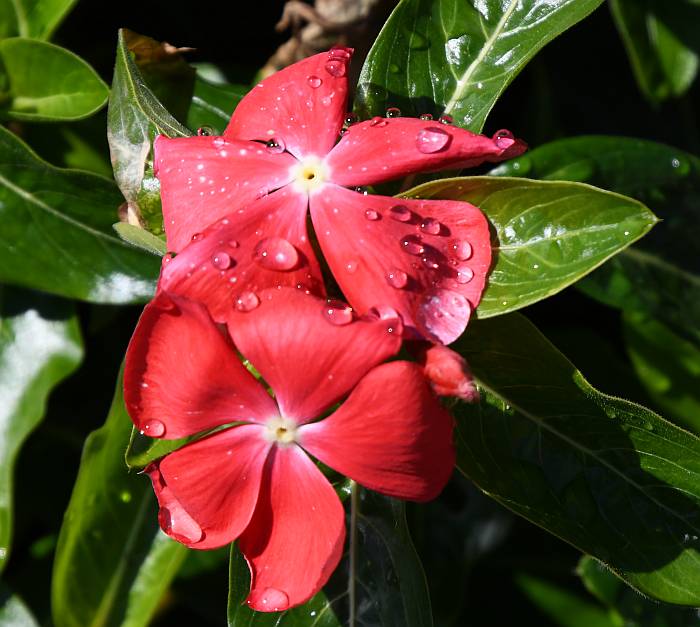
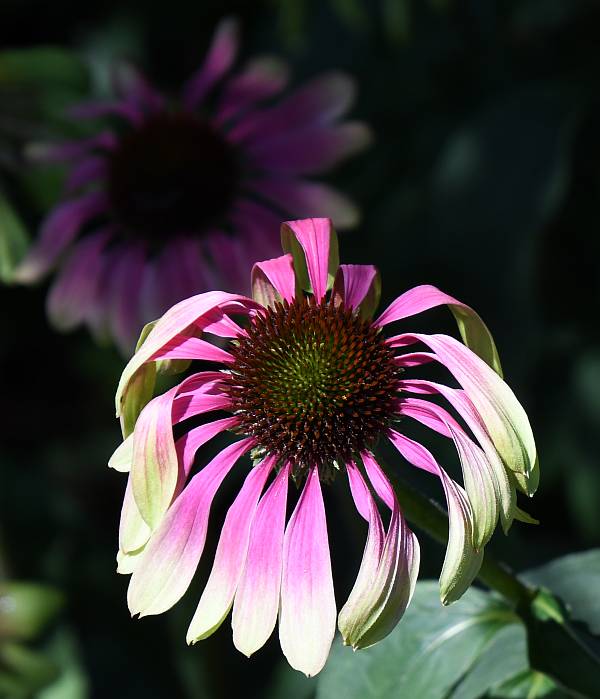

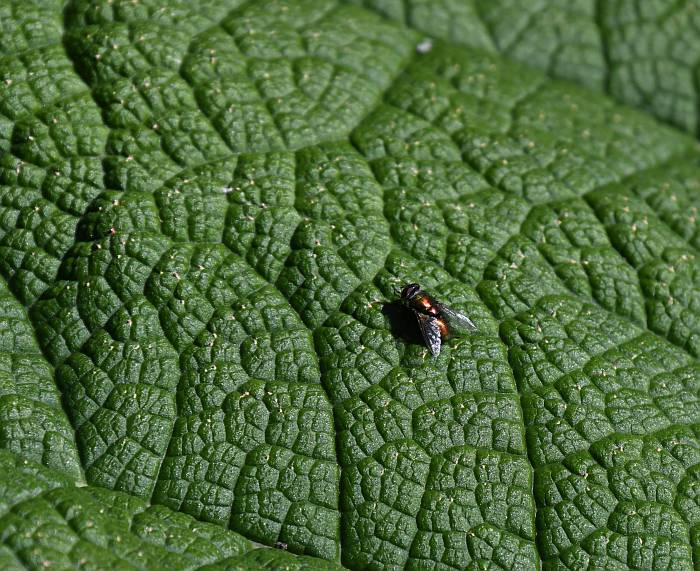
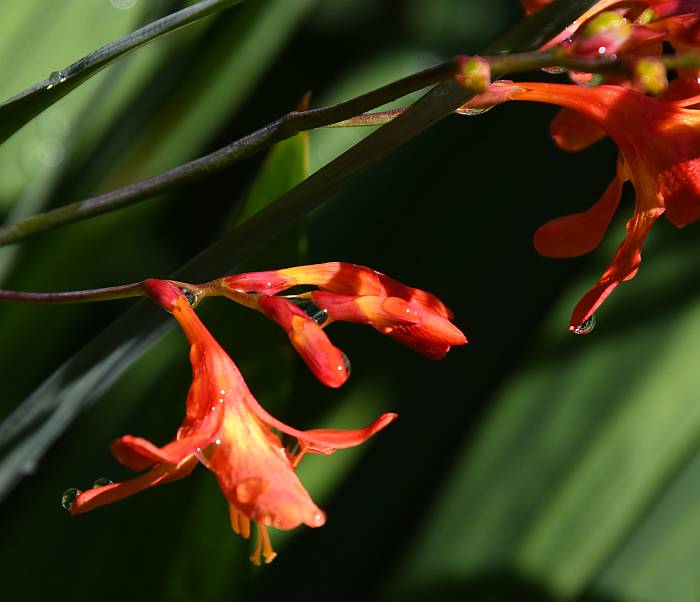
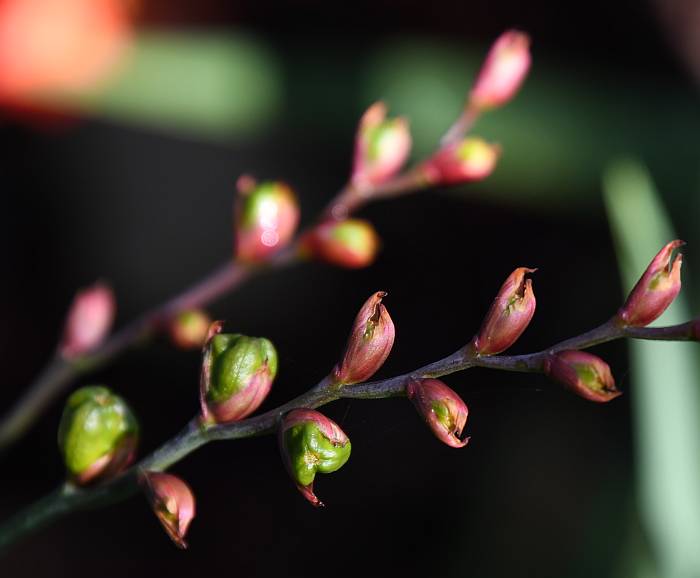
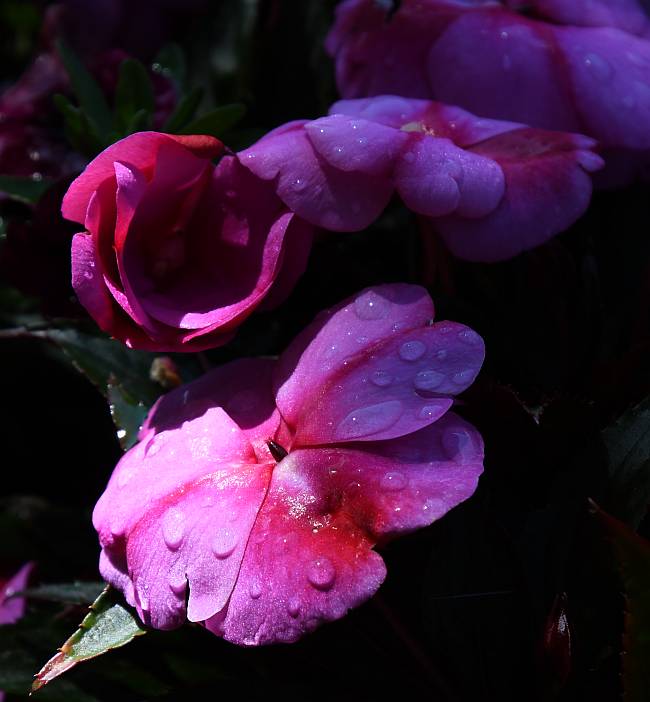

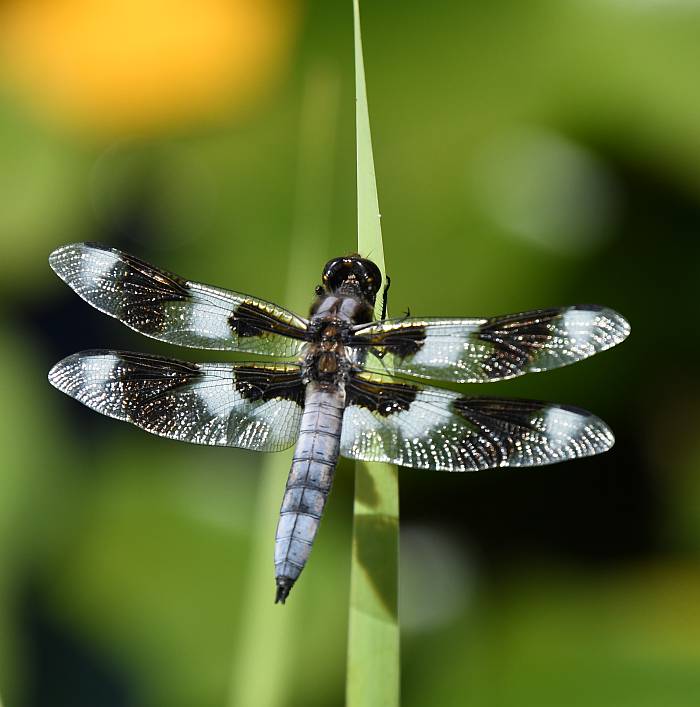
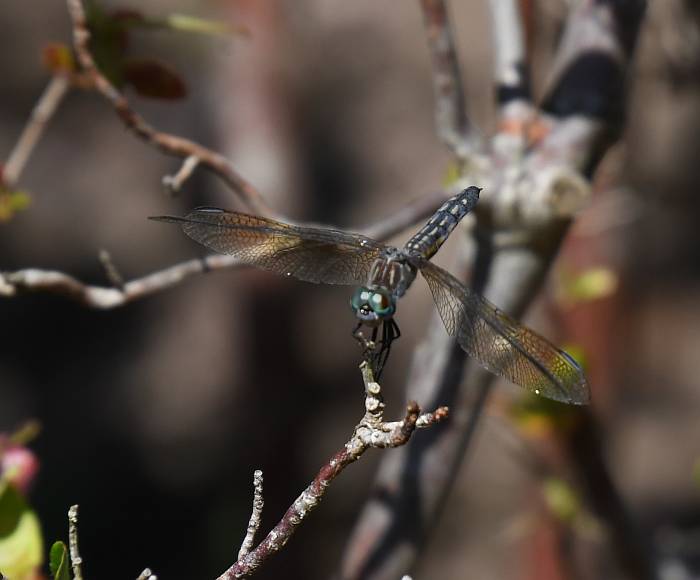
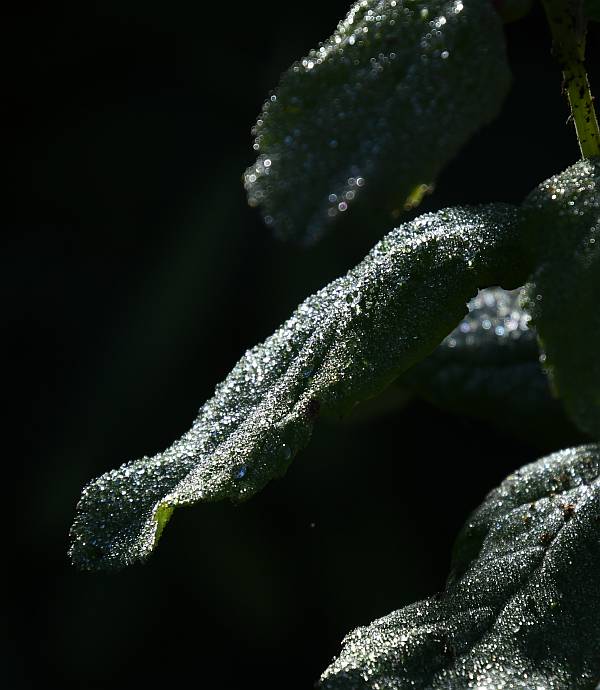
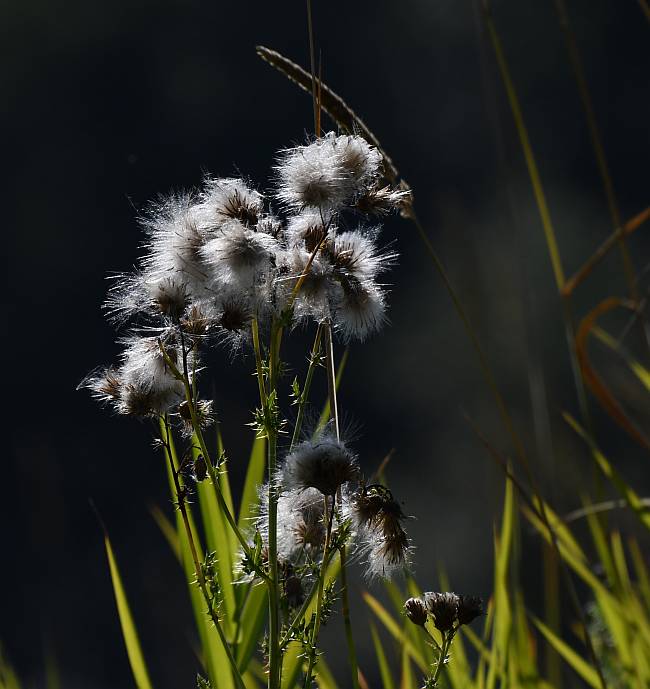
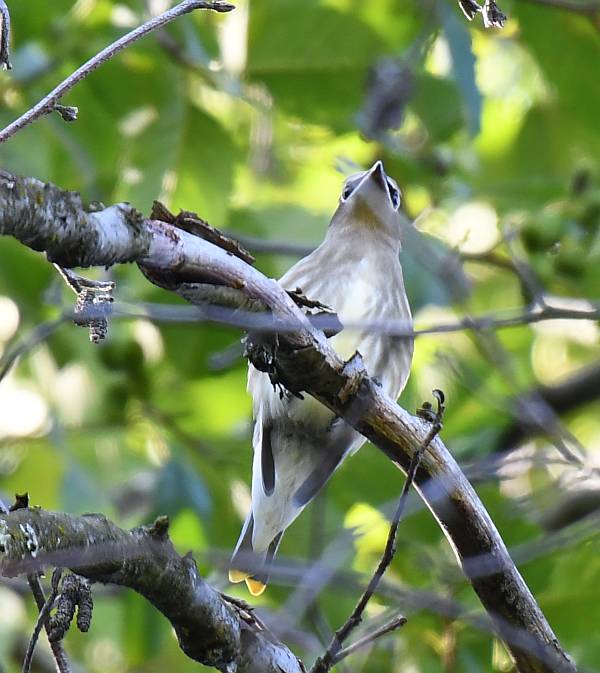
Had a wonderful ramble around Stewart Heritage Farm in south Surrey, BC, today for several hours.
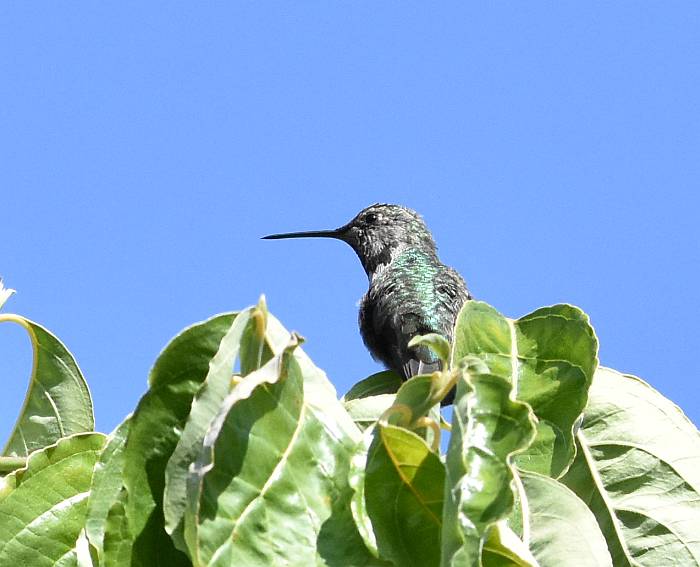
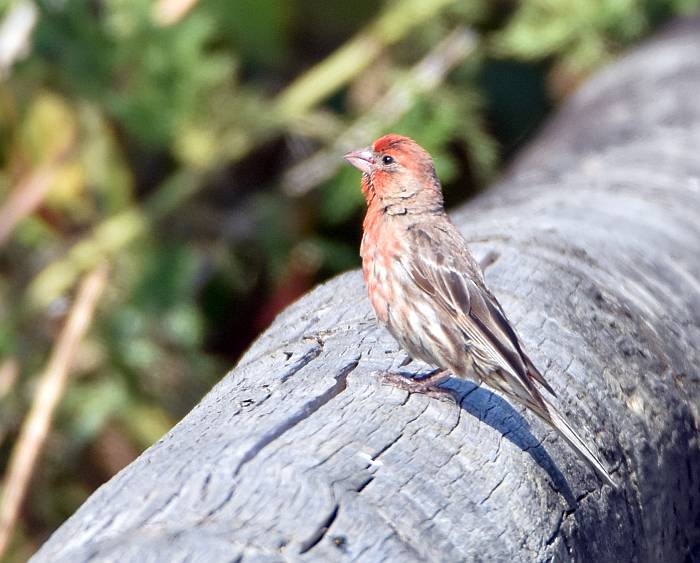
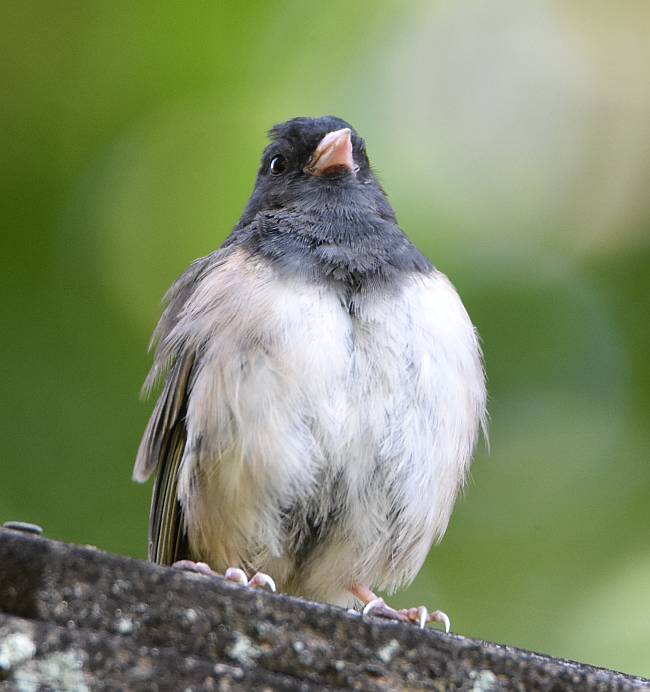

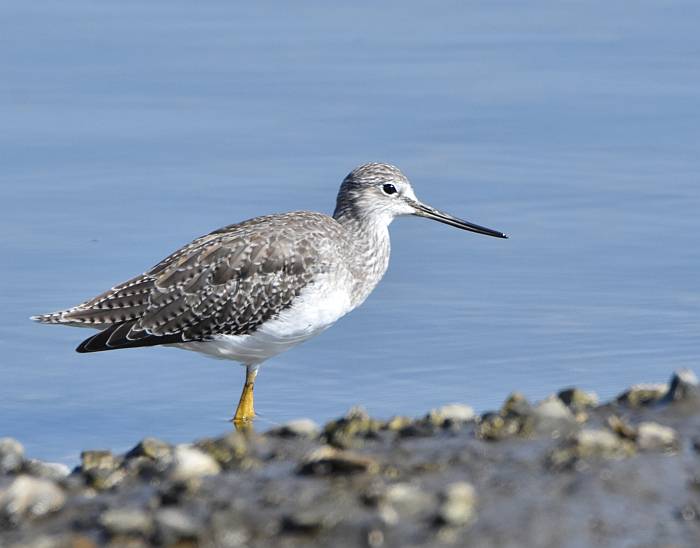

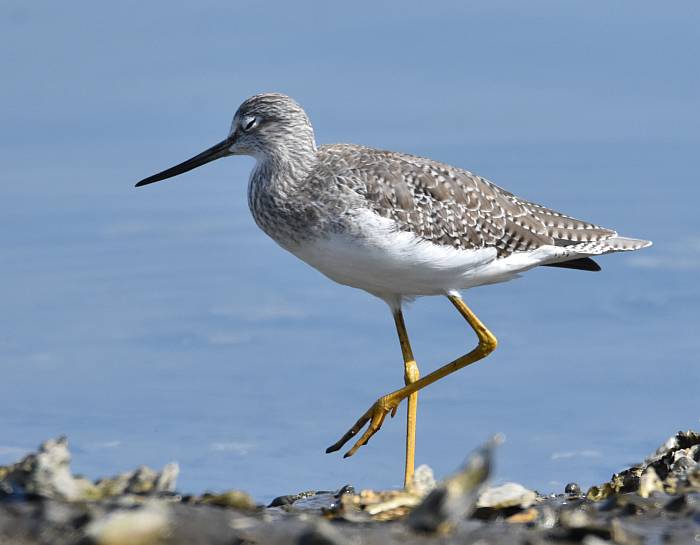
I took a slow walk down and back up Byrne Creek Ravine Park in SE Burnaby late this afternoon.
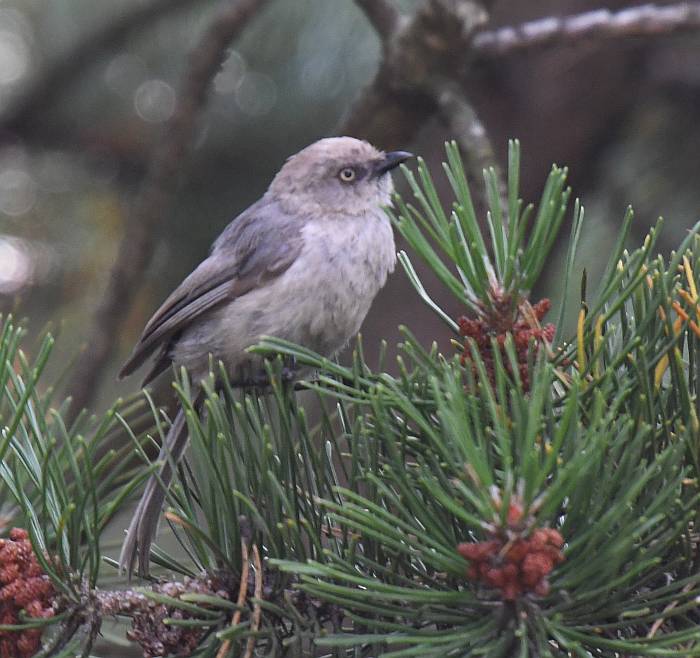
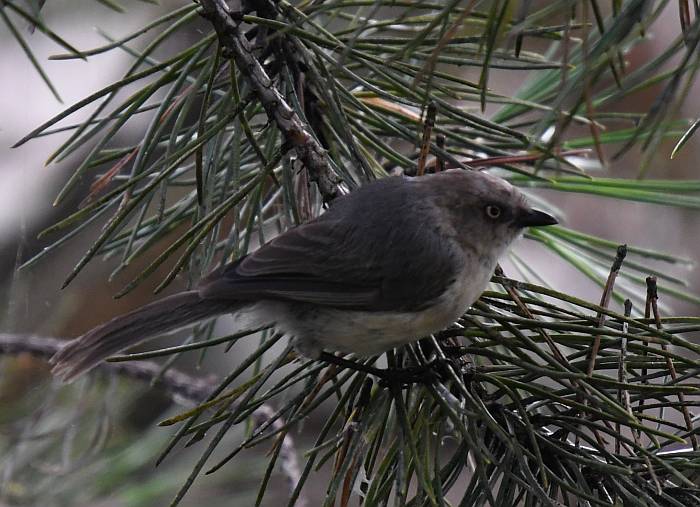

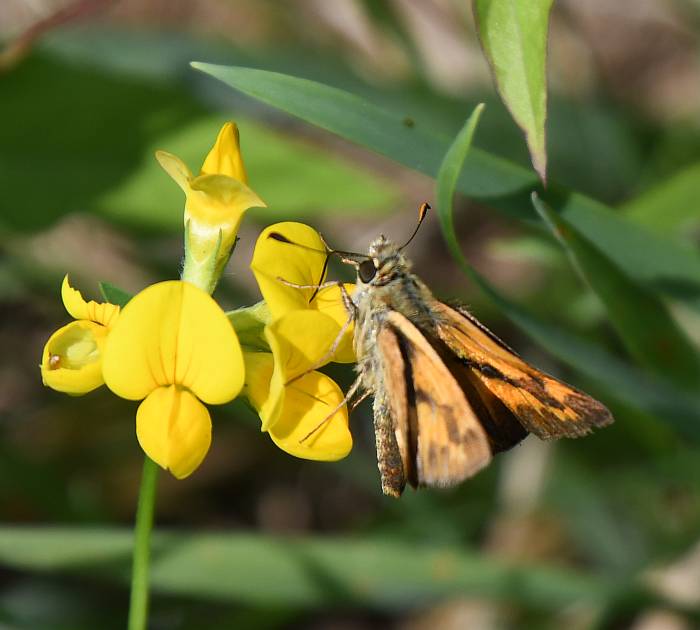
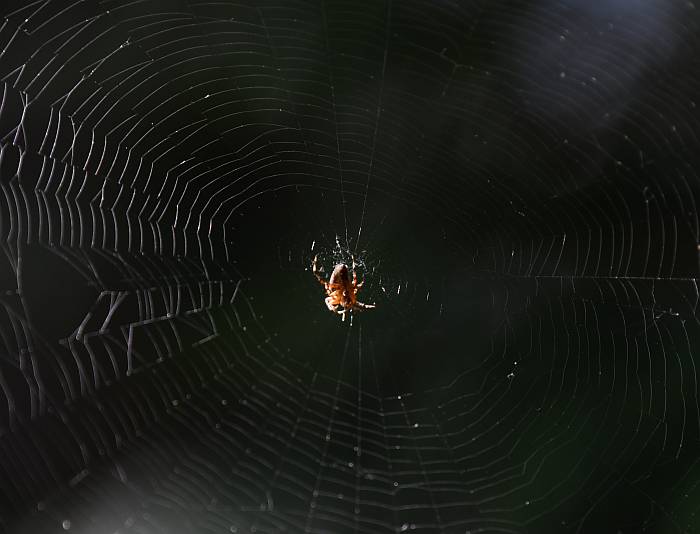
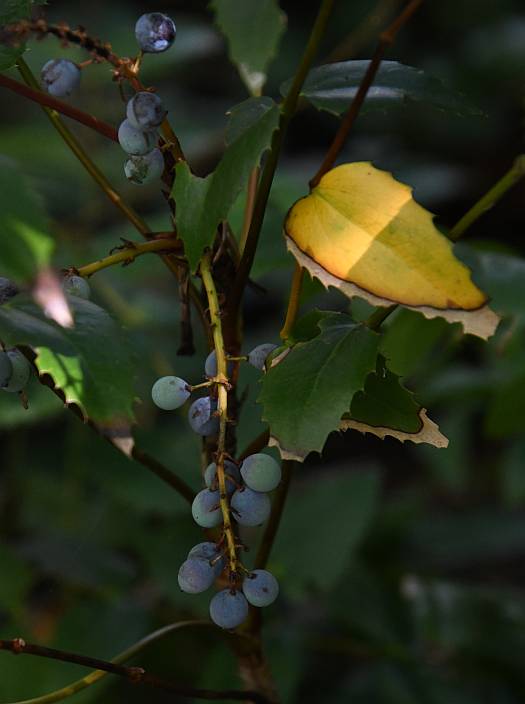
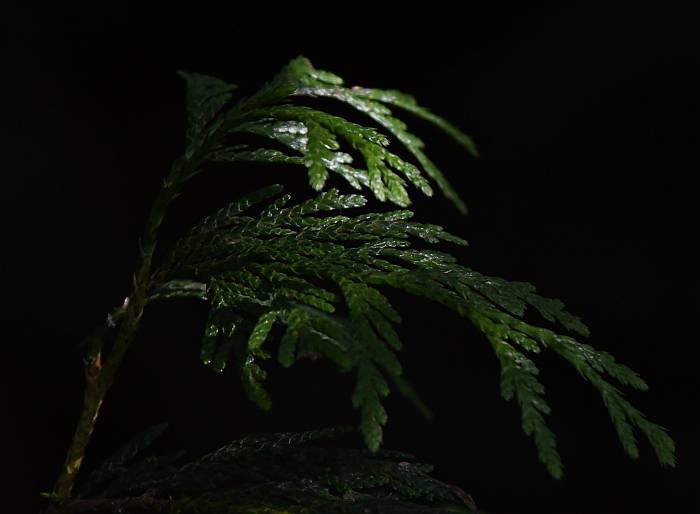
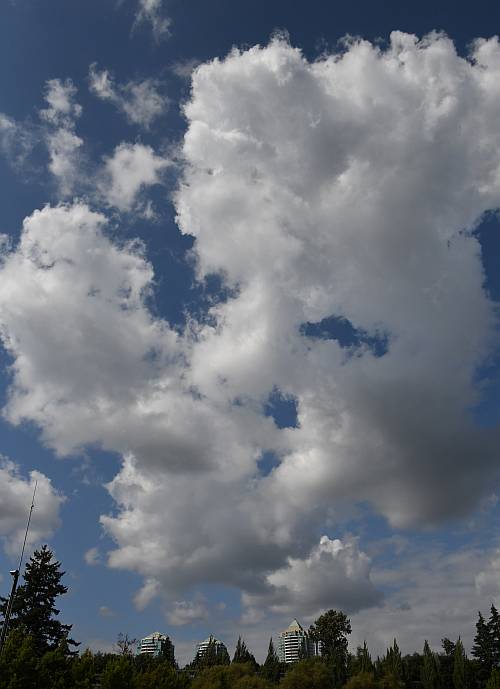
I was contacted recently by someone wanting to know about the nature interpretive sign installed at Griffith’s Pond on Byrne Creek near Edmonds Skytrain Station in SE Burnaby, BC.
In particular the person was curious about who put the sign up, and why there was no mention of First Nations. Here’s a response that I put together:
Hi there, thank you for your interest. I don’t know all the answers to your questions, but I’ll give it a shot.
The signs were installed by the City decades ago. Yes, I agree it would be excellent to have them updated with the addition of information about local First Nations.
You can see simply by wandering/driving around Burnaby, or any other municipality around here that most names reflect settler names, places, and origins.
For example, in our ‘hood we have Nelson, Victory, Royal Oak, Imperial. . . Burnaby itself, and Burnaby Lake and Burnaby Mountain are named after a Brit who actually spent little time here, though he was active in Victoria (hey, there’s another name, eh?) for several years.
As for Byrne Creek, I have no idea how it was referred to by First Nations. Byrne rerouted and channeled the lower portion of the creek in 1893, likely for logging- and farming-related reasons.
As far as I know, there is no historical record of where Byrne Creek entered the river in its original unaltered state. It likely just dissipated into the vast wetlands and bogs that used to be on the south slope flats.
There is some information on the City of Burnaby’s website and some historical maps:
https://gis.burnaby.ca/
storymaps/chartingchangeatlas/ index.html I know that over the last several years the Burnaby Village Museum has been making efforts to incorporate more First Nations history and knowledge into its displays and activities. From what I’ve read, it appears that First Nations did not have permanent settlements in south Burnaby, but regularly used the area for fishing, hunting, berry picking, etc.
As for the impact of diverting the creek, it basically destroyed it as a fish-bearing system for decades, at least for anadromous fish like salmon that move between fresh and saltwater over their life cycle. The bottom end of the diked ditch passed through a pump that did not allow fish passage.
The City of Burnaby rerouted the ditch some 35-40 years ago and installed flap gates at the mouth that allow fish passage. Volunteers from fish and game clubs, in concert with the DFO and the City, began restocking the creek starting in the late 1980s. It was basically a handful of older white guys who initiated cleaning up Byrne Creek and working with the various levels of government to get fish back.
There was a massive fish kill in 1998 that wiped out the entire creek when someone dumped a toxin down a street drain. That galvanized the community to form a streamkeeper group to help care for the creek.
On the way home from getting a few groceries in south Burnaby, BC, I spotted a patch of Himalayan Blackberries. I found a place to park, and checked them out. Seeing that about half were ripe and juicy, I emptied a water bottle so I could pick some to take home.
While considered an invasive species here, they are pervasive, next to impossible to get rid of. . . and taste delicious :-).
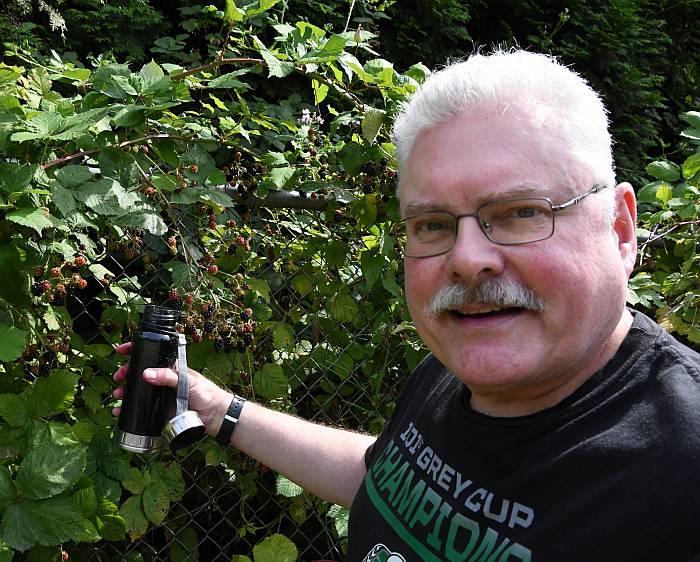
Fill ‘er up!
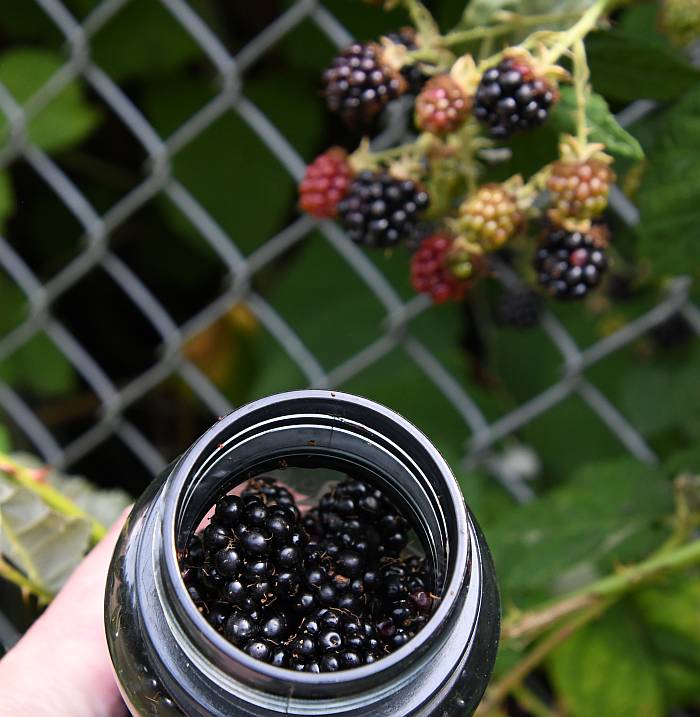
UPDATE: Later the same day.
When Yumi finished work, we headed back down the slope to the flats and picked nearly two gallons of berries in about half an hour :-).

After checking out the instream work being done on Byrne Creek in SE Burnaby, BC (see previous post), I headed down Southridge Drive all the way to the spawning habitat and back up the ravine trail.
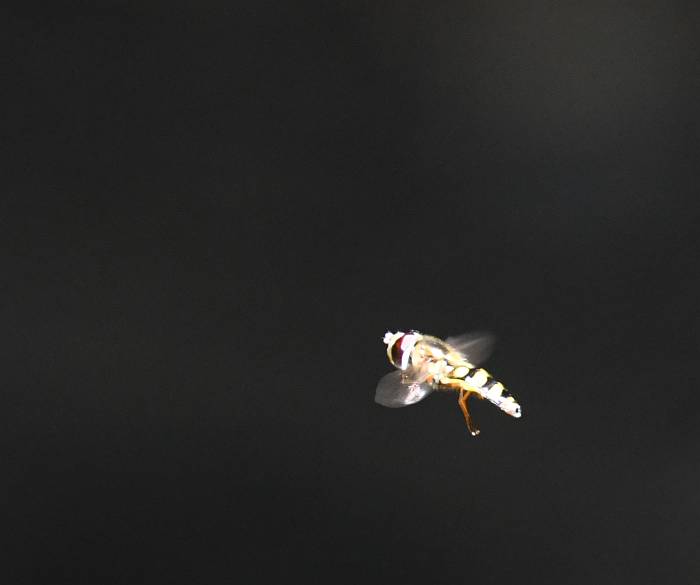


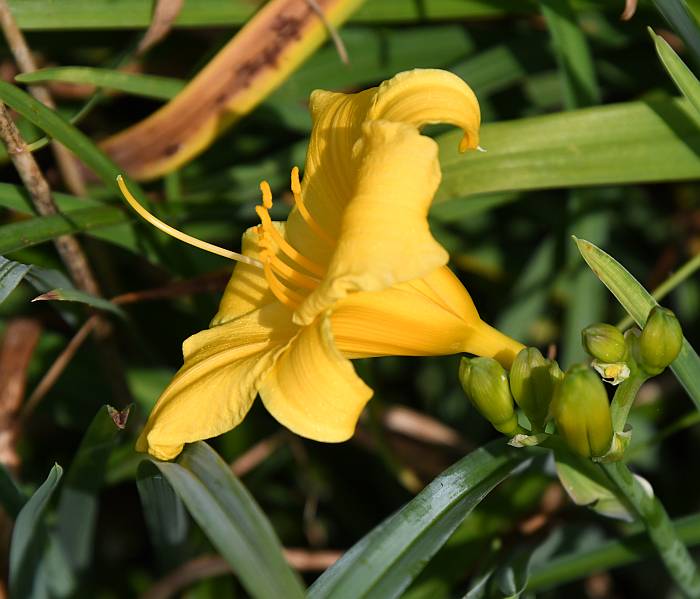

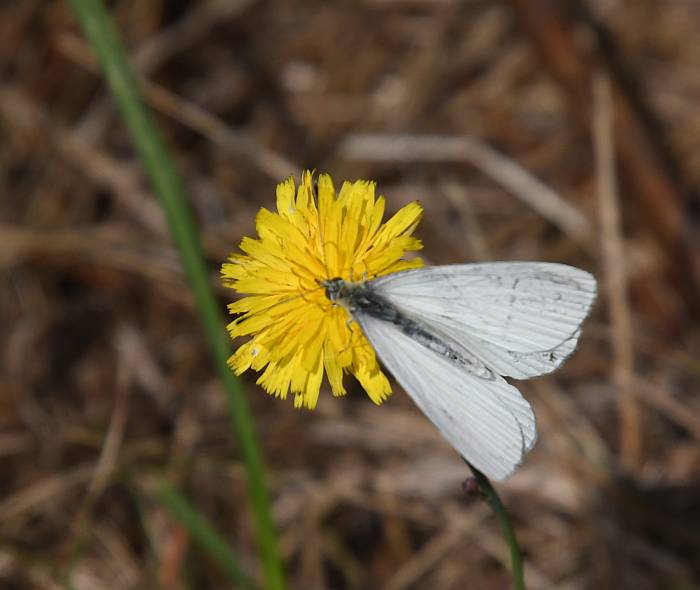
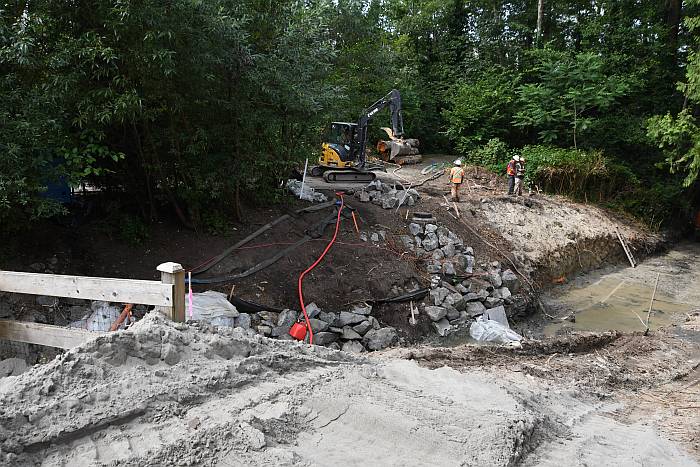
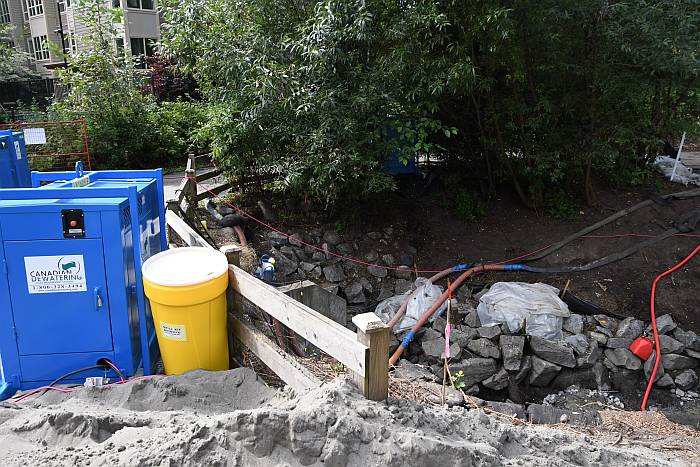
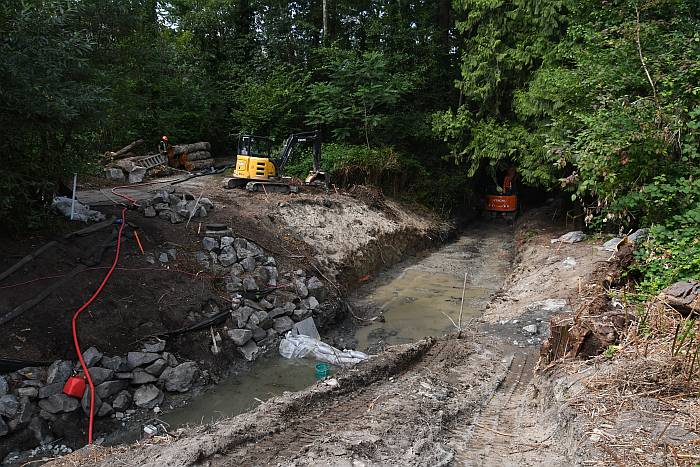
OK, this brought tears to my eyes.
There’s been a lot of chat about the anniversary of the dropping of atomic bombs on Hiroshima and Nagasaki.
I have visited Hiroshima several times and Nagasaki once. I have read many accounts of the horrors. I lived in Japan for 14 years and loved it.
But I always was uncomfortable with Japanese denial of any horrors that they perpetrated in the war.
There was never any mention of Japan’s imperialistic invasions of east and south Asia. Or the thousands of so-called “comfort women” of several Asian countries forced into servicing the Japanese army every place it invaded.
Any call for such recognition was met with threats of violence from right-wing Japanese groups, and that continues to this day.
While accurate numbers are hard to establish, the Japanese Imperial Army likely raped, tortured, and killed more civilians in the Nanjing Massacre alone than combined civilian deaths at Hiroshima and Nagasaki.
The conventional battles of the Pacific at places like Okinawa were also horrific, with a pervasive “fight to the last man” blindness by the Japanese army and marines. The Japanese military pressed local civilians into service, and it’s documented that civilians were forced to commit mass suicide by the Japanese military instead of being allowed to give up.
History is complex and complicated. Times and attitudes are always changing. Is there any point in debating the degree of horror of this massacre, to that genocide, to this bombing, to that. . .
I don’t know. But I believe that mass amnesia and denial is a slippery slope.
Japan has never had a Willy Brandt moment. . .